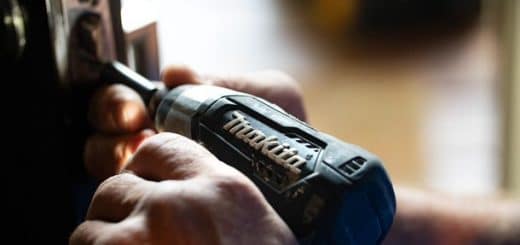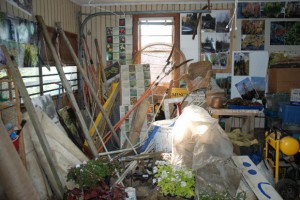Fire Safety Tips – How to Use Fire Protection Equipment and Prevent Fires
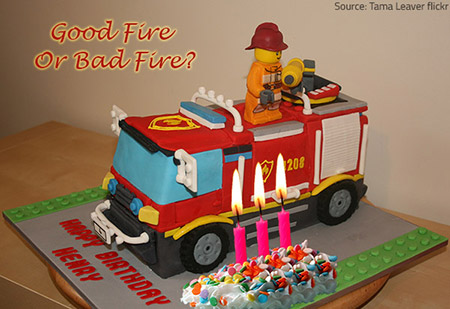
It is charming to have a fire truck as a birthday cake but may you never need to call the fire department!
The concept of good fire vs. bad fire has long been present in literature, movies, and children’s education. Life as we know it wouldn’t be possible without playful flames that crackle cozily in the hearths, romantic candles that sparkle gently in the night, bright fireworks that impart festivity and wonder to celebrations – good fire brings warmth and joy to our homes and our hearts. Bad fire, however, can burn down properties and hurt living beings. Fire can protect people but people need protection from fire, too.
The right use of fire safety equipment significantly decreases the risk of home or industrial fires and can save human lives. It is vital for every home or business to have the proper fire protection equipment that in case of emergency can prevent a severe fire disaster or even tragedies. The following fire safety tips and devices are easy to use and highly recommended for ensuring fire safety and preventing home fires.
Smoke Detectors and Fire Alarms – Use and Maintenance Tips
When people are alerted, they can react quickly in the event of a fire, evacuate the building on time, call the fire department immediately or even successfully put out confined fires, and prevent further damage.
The problem is that fire often takes people by surprise, either in their sleep or when they have completely forgotten or misjudged a possible fire hazard, such as an unattended heat source be it a cooking stove, a gas heater, burning candles, or decorative lights. If proper preventionPrevention refers to actions taken to reduce the likelihood ... More measures are not taken, fires can start easily and spread quickly causing great damage.
To use smoke alarms efficiently, follow these tips:
- Have a smoke detector installed on every level of your home, preferably in every bedroom.
- Make sure the smoke detectors are not located near windows, ducts, or doors because the air flow will not let them work properly. Also, remember that your ceiling detectors should be mounted away from the walls and your wall detectors – well below the ceiling.
- All smoke detectors should be inspected regularly and maintained in good working condition.
- The batteries should be replaced annually and the detectors should be replaced with new ones every ten years.
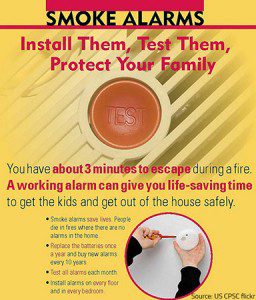
Do your homework carefully and protect yourself with efficient fire safety equipment.
There are several kinds of smoke detectors but photoelectric alarms have been proven to provide sufficient protection for residential areas because they are effective for all types of fires. It is a fact that ionizationIonization is the process of using electrically charged part... More sensors react faster to rapidly growing fires but are not efficient enough in cases of slow-burning, smoldering fires which give off more smoke than heat.
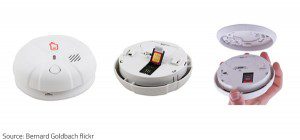
Contemporary smoke alarms can send a warning SMS to your mobile number if they detect a fire condition in your home while you are away.
For these reasons, fire safety experts recommend combination alarms which detect smoke and heat alike and/or use both ionizationIonization is the process of using electrically charged part... More and photoelectric processes. Some of the alarms even have monoxide detection capabilities which come very handy if you use fuel burning space heaters in your home.
More complex fire alarm systems, consisting of smoke and heat detectors connected to a fire alarm control panel, should be used in commercial buildings. These systems usually relay the alarm directly to fire departments, often trigger automatic sprinklers, and are complete with sirens and emergency lights to warn everyone in the building about the problem.
Fire Extinguishers
How and When to Use Fire Extinguishers
Unlike smoke detectors which have the sole function of alerting you about an emergency situation, fire extinguishers are active fire protection devices. They contain an agent under pressure which allows you to extinguish small fires, or at least to control them until firefighters arrive. You are advised to keep a portable fire extinguisher in the kitchen, since cooking-related activities are among the most common causes of domestic fires, and near your fireplace or space heaters. Extreme caution is required when using this fire protection equipment, for overconfidence can result in great harm. Before you try to cope with the fire situation on your own, verify that:
- Everyone is safe and the premises have been evacuated;
- The fire is confined and not spreading;
- The room is not full of smoke and an easy and safe escape route has been secured;
- The fire department has been notified.

You can prevent seeing your house on fire with the use of proper fire protection equipment.
If you need to use a fire extinguisher, remember the P*A*S*S technique: pull the pin, aim at the base of the fire, squeeze the lever, and sweep from side to side. Make sure that the nozzle points away from you all the time, try to put out the fire at its source, squeeze the lever in a controlled manner, and sweep until all flames are extinguished. Keep watch over the place for some time because re-ignition is possible. Remove any possible “fuel” from the vicinity – paper, clothes, or anything else that can easily catch fire from overheating. Even if everything goes well, you are advised to have the surroundings inspected by the fire department. Just in case.
Used fire extinguishers must be placed gently on the floor on their sides. They can be refilled when the emergency situation is over.
Types of Domestic Fires

Easy to remember and really useful.
When purchasing fire extinguishers for your home, go for the ABC type. These are red in color, clearly marked with the three letters. This multipurpose protection equipment can extinguish the three most common types of domestic fires:
- Class A – A stands for “Ash”. Class A fires involve ordinary solid combustibles, such as fabric or paper;
- Class B – B stands for “Barrel” to designate burning liquids and gases;
- Class C – C stands for “Current” because these are electrical fires.
Class D fire extinguishers are intended for fires involving combustible metals and Class K – for grease fires. Specialized fire extinguishers should be used in businesses according to the fire hazards in the respective industry.
You are advised to have your fire extinguishers regularly serviced and inspected by a Fire Protection Service. All commercial buildings are required to do so annually.
Automatic Fire Sprinklers
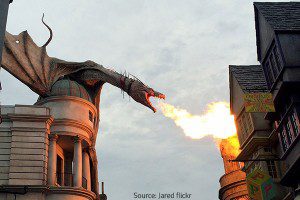
If a fire-breathing dragon attacks your home, even fire sprinklers may not be efficient enough. In all other cases, they will save the day.
Wherever the fire alarm automatically triggers a fire sprinkler system, the risk of people perishing in a fire, as well as property loss, is reduced to a minimum. Businesses are required to have sprinkler systems installed and as a result, many lives have been saved and a lot of fire and smoke damages prevented. However, only a very small percentage of households have this most efficient fire safety equipment.
You can protect yourself and your family with the use of proper fire protection equipment but what you need to learn is how to take precautionary measures and avoid fire risks altogether. In case fire preventionPrevention refers to actions taken to reduce the likelihood ... More has failed, professional fire restoration services will help you recover quickly, because property damages can be easily restored – what matters the most is to keep your loved ones safe.










